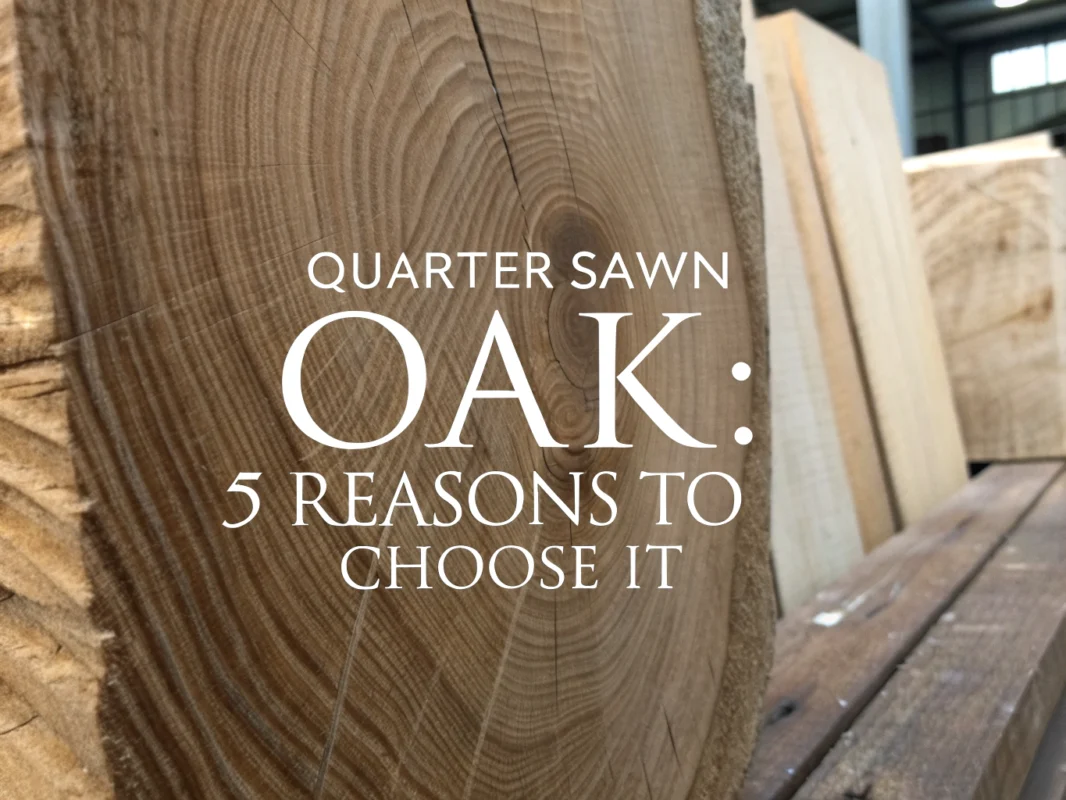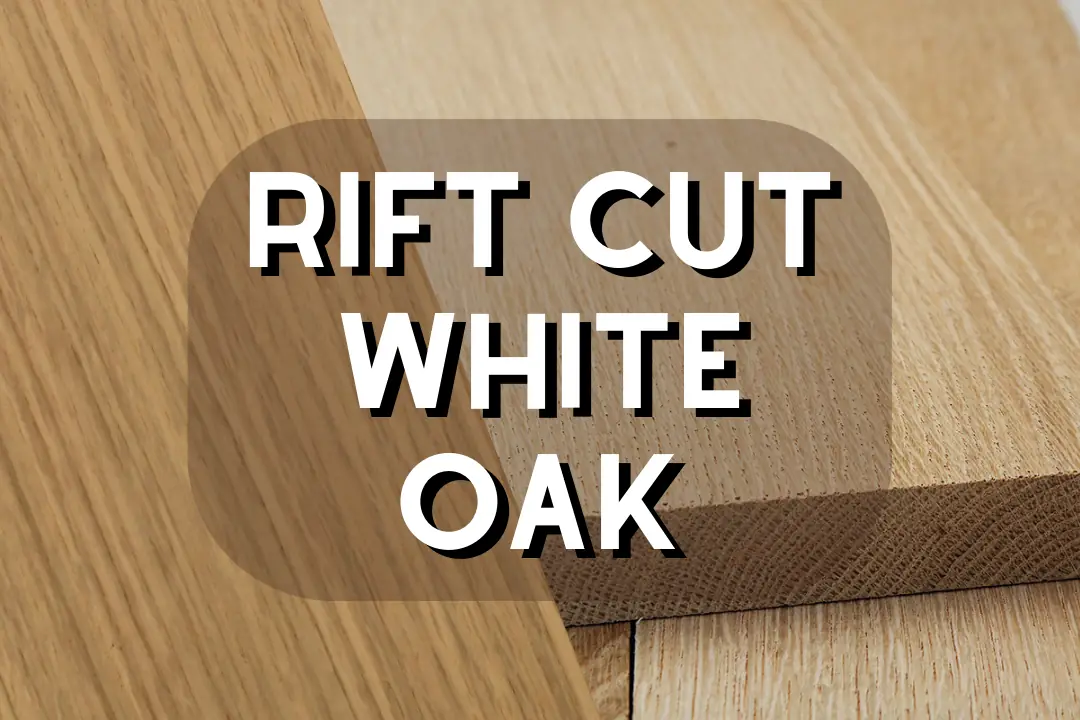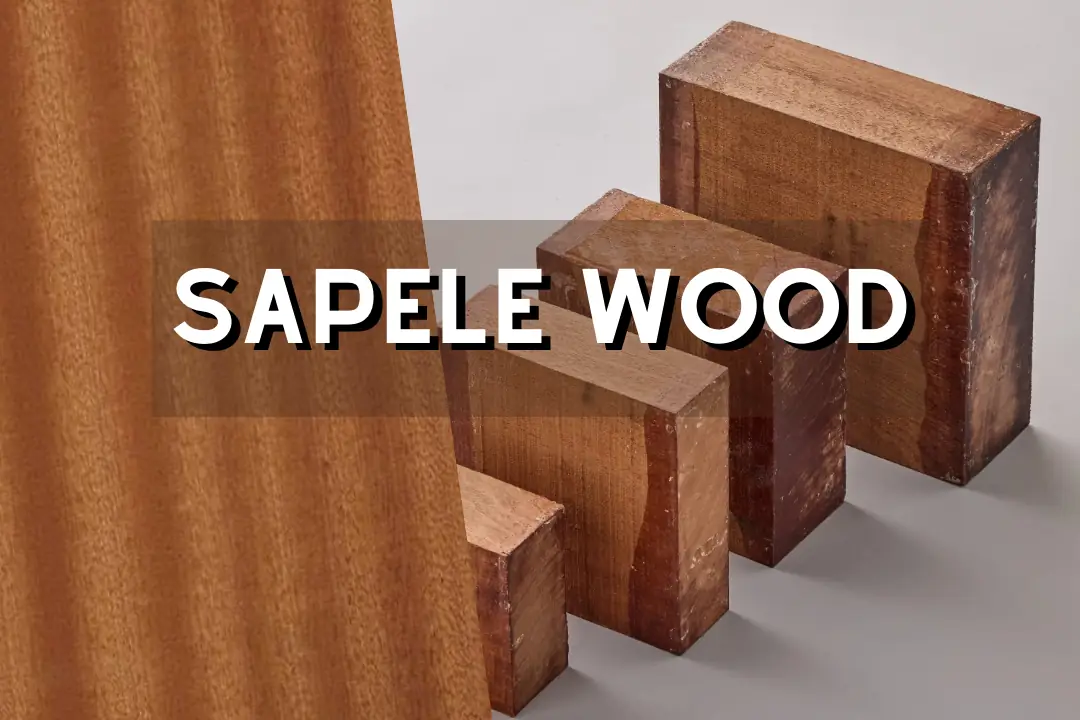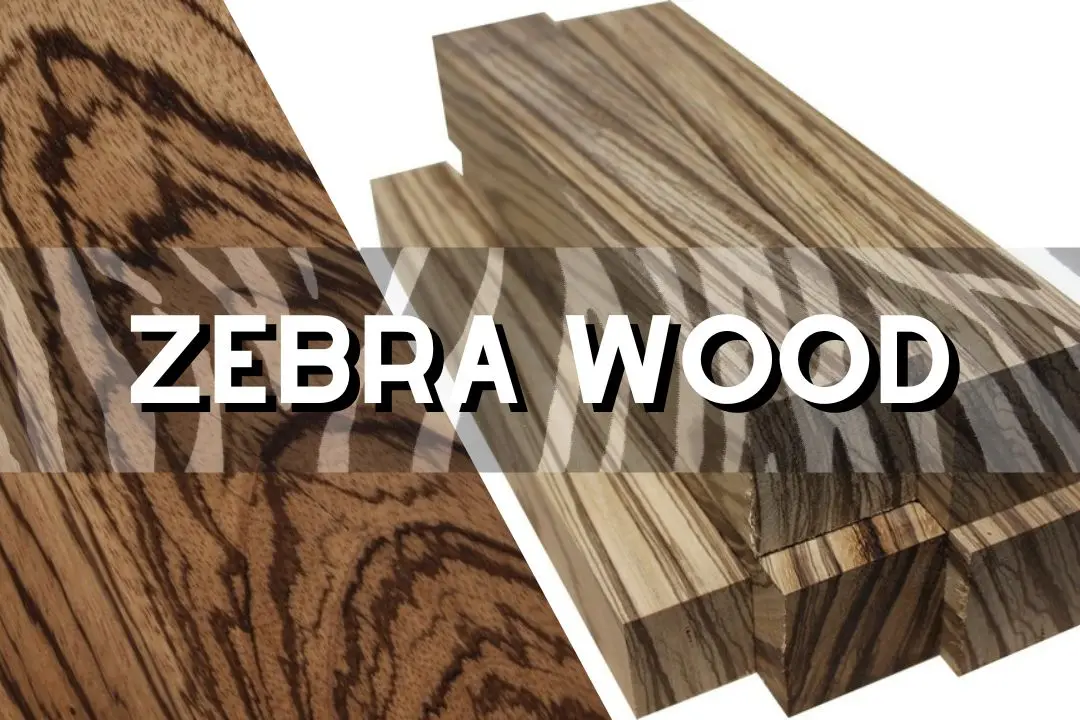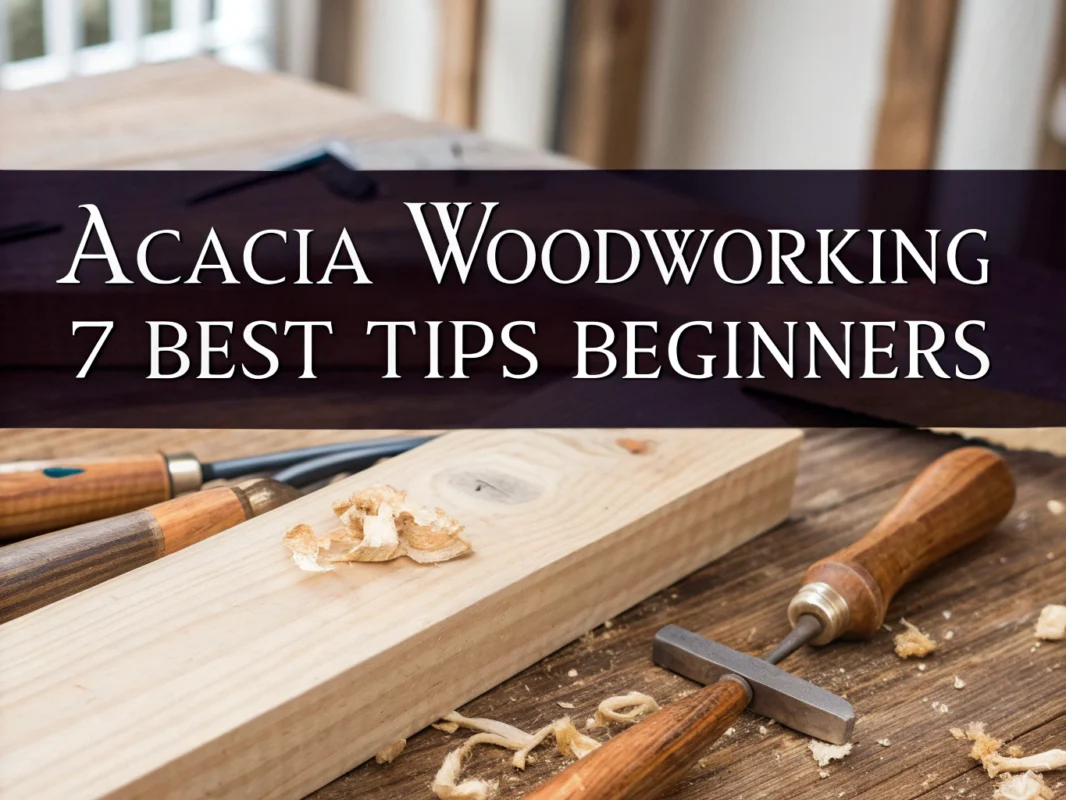
Have you ever held a piece of acacia wood and wondered how to transform it into something beautiful? With its rich colors and unique patterns, acacia offers endless possibilities for woodworking enthusiasts. But where do you start? Here are some key tips to help beginners navigate the basics of acacia woodworking with ease.
Table of Contents
Acacia woodworking offers beginners an excellent opportunity to work with one of nature’s most durable and attractive hardwoods, featuring over 1,300 species worldwide with exceptional moisture resistance and striking grain patterns. This dense wood, harder than oak and maple, requires specific techniques and sharp tools but rewards woodworkers with long-lasting, beautiful projects ranging from cutting boards to fine furniture.
Understanding Acacia Wood Properties and Characteristics
The acacia genus encompasses more than 1,300 species native to tropical and subtropical regions including Australia, Africa, and parts of the Pacific. Transformer Table notes that commonly used furniture species like Babul (Acacia nilotica) have gained popularity for their exceptional working properties.
Acacia’s high density and hardness exceed many popular furniture woods. CNC Masters confirms that acacia is harder than European white oak, teak, carbonized bamboo, and maple, which directly impacts your tool selection and cutting techniques.
The wood’s natural moisture and decay resistance makes it suitable for both indoor and outdoor applications when properly finished. This characteristic, combined with its distinctive grain patterns ranging from golden to deep brown hues, creates projects that maintain their beauty over time.
Weight considerations matter when planning larger builds. Acacia’s density means your workbench and clamping setup need adequate load capacity to handle the material safely and effectively.
Tip 1: Select the Right Acacia Stock for Your Projects
Start with straight, stable boards that show consistent grain patterns and minimal checking. Look for appropriate thickness for your intended project—3/4 inch works well for cutting boards and small furniture components.
Acacia veneer offers an excellent option for inlay and panel work, allowing you to showcase the wood’s beautiful grain without dealing with its full weight. Typical craft veneers around 0.4 mm thickness provide clean edge work for marquetry applications.
For beginners, pre-surfaced boards with smooth finishes reduce the milling demands on your shop setup. Kiln-dried stock minimizes movement and provides better stability than air-dried alternatives.
Consider these material options to get started with quality acacia stock:

Natural Acacia Veneer Sheets Pack
- 10 pieces, 8'' x 4'', 0.4 mm thick—great for marquetry and inlays to highlight acacia grain

Exotic Acacia Lumber Board Set
- Pack of 5 boards, 3/4'' thick—suited to cutting boards and small crafts
- smooth finish for beginners
Tip 2: Prepare Sharp Tools for Dense, Hard Wood
Sharp tools are non-negotiable when working with acacia’s dense structure. Carbide-tipped blades and bits maintain their edge longer and produce cleaner cuts than standard steel alternatives.
Reduce your feed rate to prevent burning, which commonly occurs when cutting dense hardwoods too quickly. Consider using a high-tooth-count crosscut blade for clean edges on acacia’s pronounced grain patterns.
Pre-drilling becomes critical with acacia’s hardness. Use pilot holes and countersinks for all screws to prevent splitting, especially in end grain applications. YouTube demonstrates proper pre-drilling techniques that prevent damage to your workpieces.
Maintain your tools regularly by keeping blades clean and properly set. Consider using blade wax to reduce friction and heat buildup during extended cutting sessions.
Tip 3: Master the Sanding Strategy for Acacia’s Dense Grain
Follow the 50% grit progression rule to achieve smooth results without swirl marks. Start with 80 grit and progress through 120, 180, and 220 grits, never jumping more than 50% between steps.
Complete each grit stage thoroughly before moving to the next finer grade. Rushing through grits or skipping steps will leave visible scratches that become apparent under finish application.
Sand with the grain direction to minimize visible scratches on acacia’s pronounced figure. Cross-grain sanding marks become especially noticeable on dense hardwoods with distinctive patterns.
Stop at 220 grit for most oil and varnish finishes. Going higher provides minimal benefit for penetrating finishes and can actually reduce their adhesion to the wood surface.
Tip 4: Choose Joinery Methods That Work With Dense Wood
Reliable beginner joints for acacia include dowels and pocket holes, both of which work well with the wood’s density when properly executed. Remember to use pilot holes for pocket screws to prevent splitting.
Mortise-and-tenon joints provide excellent structural strength for furniture projects. Acacia’s hardness supports tight-fitting joints that create long-lasting connections when properly cut and assembled.
Select wood glue rated for hardwoods, and consider waterproof PVA or polyurethane adhesives for outdoor applications. Acacia’s natural moisture resistance supports durable glue joints when surfaces are properly prepared.
Apply even clamping pressure without over-tightening, which can starve glue joints on dense woods. Use cauls and protective blocks to distribute pressure evenly across joint surfaces.
Tip 5: Finishing Acacia to Highlight Grain and Provide Protection
Penetrating oils like tung oil and linseed blends highlight acacia’s natural grain while providing protection. Oil/varnish combinations offer a good balance of grain enhancement and durability for most indoor projects.
Surface preparation becomes critical with acacia’s density. Degrease and ensure dust-free surfaces for proper finish adhesion. Test your chosen finish on offcuts first to observe color shifts toward golden or deep brown tones.
For outdoor projects, use UV-resistant exterior varnish to preserve the wood’s color longer. While acacia wood naturally resists moisture, UV protection prevents fading and maintains the finish integrity.
Polyurethane finishes work well for high-wear surfaces like tabletops and cutting boards. Apply thin, even coats and sand lightly between applications with 320-grit sandpaper for smooth results.
Tip 6: Start With Beginner-Friendly Acacia Projects
Ideal first builds include cutting boards and serving trays, which showcase acacia’s natural beauty while requiring basic joinery skills. These projects help you learn the wood’s working characteristics without complex construction demands.
Small furniture projects like side tables and simple shelves provide experience with structural joinery while keeping dimensions manageable. Plan for acacia’s weight when designing ergonomic proportions and hardware placement.
Turned bowls offer excellent practice for tool control on dense hardwoods. YouTube provides helpful tutorials for bowl turning techniques specific to hard, dense species like acacia.
Study these examples for project inspiration and reference proportions:

Round Acacia Cutting & Serving Board
- Reference size and edge profiles
- useful as a template for beginner board builds

Modern Square Coffee Table
- Study proportions and finish tone
- inspiration for acacia-style modern pieces
Tip 7: Set Up Your Workspace for Heavy, Dense Stock
Your workbench needs adequate load capacity and rigidity to handle acacia’s weight and resist the forces generated when cutting or sanding dense hardwood. Ensure your bench can support both the material and the pressure from your work.
Invest in quality clamping and workholding tools including bench dogs, holdfasts, and protective cauls. These tools help distribute pressure evenly and protect finished surfaces during assembly and glue-up operations.
Adequate dust extraction becomes important when sanding dense hardwoods. Fine acacia dust can be irritating, and clean surfaces improve finish adhesion and appearance. Use appropriate respiratory protection during extended sanding sessions.
Consider these workbench options that provide the stability needed for acacia projects:

Portable Acacia Hardwood Workbench
- 48-inch acacia top, integrated drawer, 330-lb capacity—good match for acacia projects

Rubber Wood Workbench with Storage
- 55'' heavy-duty bench, 330-lb capacity with storage—alternative sturdy setup
Building Your Acacia Woodworking Skills
Acacia’s historical significance in shipbuilding and heavy-duty applications demonstrates its exceptional durability and water resistance. World Interiors documents how this wood has been prized across centuries for demanding applications.
Modern appeal comes from acacia’s recognizable grain patterns and color spectrum that fits both contemporary and rustic design styles. Your projects will develop character over time while maintaining their structural integrity with proper care.
Maintain indoor pieces with periodic oil refresh or wipe-on poly applications to keep the grain vibrant. For outdoor projects, recoat with UV-protective finishes based on exposure levels and store under cover when possible.
Continue developing your skills with comprehensive reference materials that provide context on wood properties and working characteristics:

The Ultimate Wood Reference Guide
- A-to-Z coverage of wood species for context on acacia vs. other hardwoods
- helpful for choosing finishes and joinery
FAQs
What Are The Benefits Of Using Acacia Wood For Furniture?
Acacia wood is highly prized for its durability and resistance to wear and tear. It has a distinct grain pattern that adds beauty and character to furniture. Furthermore, acacia is naturally water-resistant, making it an excellent choice for areas that experience high humidity.
How Does Acacia Wood Compare To Oak Or Pine?
Acacia wood is harder and more durable than pine, and it often costs less than oak while offering similar strength. It also has unique grain patterns and a rich color that can bring warmth and elegance to any space. However, oak is more readily available, and its long-standing reputation might make it a preferred choice for those looking for a traditional look.
Is Acacia Wood Durable For Outdoor Use?
Yes, acacia wood is well-suited for outdoor furniture due to its natural resistance to water and insects. It can withstand the elements better than many other woods, although regular maintenance with a wood sealant can enhance its longevity.
What Finishes Work Best On Acacia Wood?
Finishes like oil and wax can help to highlight the natural beauty of acacia wood and provide a level of protection. For a glossy finish, polyurethane or lacquer can be applied. It’s important to test the finish on a small area first to see how it reacts with the wood.
Are There Any Drawbacks To Using Acacia Wood?
One potential drawback of acacia wood is that it can be prone to scratching if not maintained properly. Additionally, since it is not as widely available as some other woods, it might be more expensive or difficult to find in certain regions. Ensuring proper care and buying from sustainable sources can help mitigate these issues.
